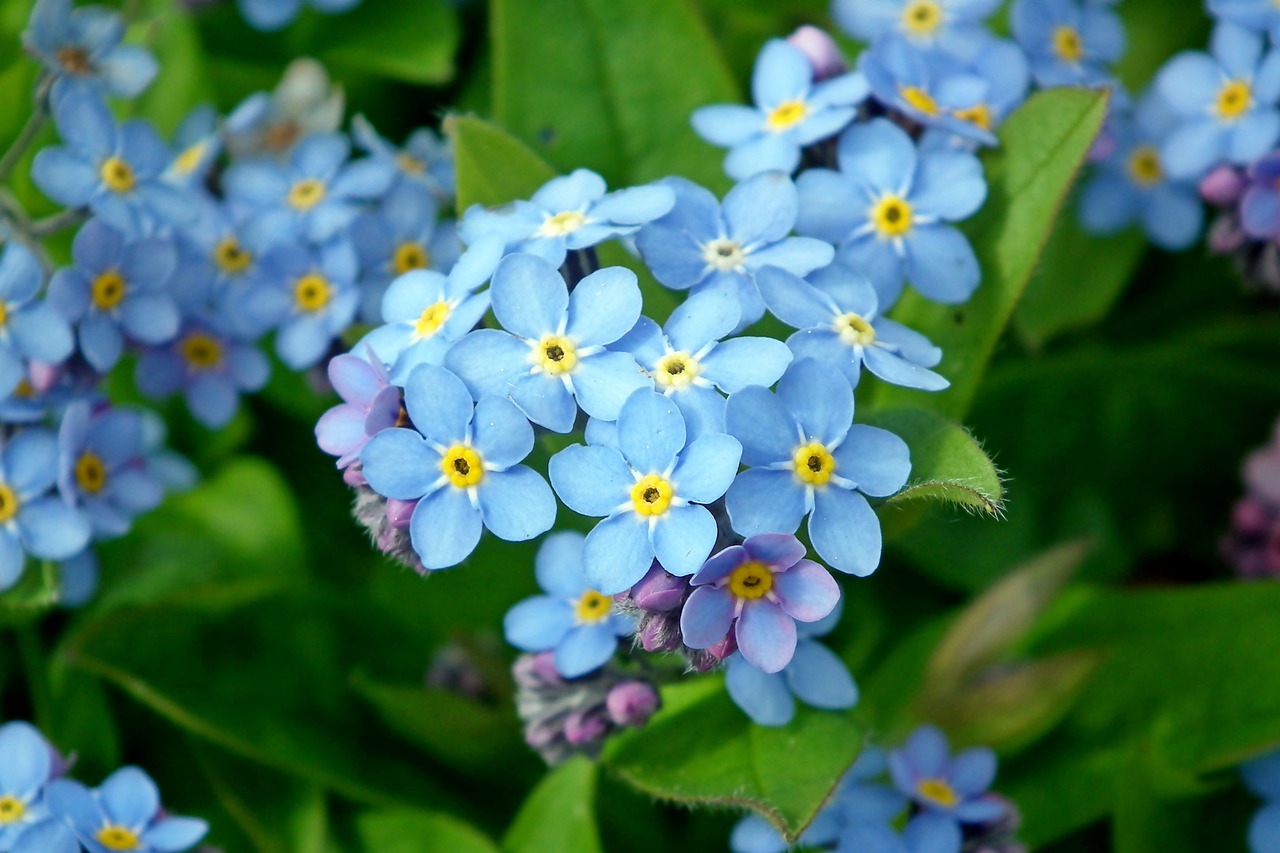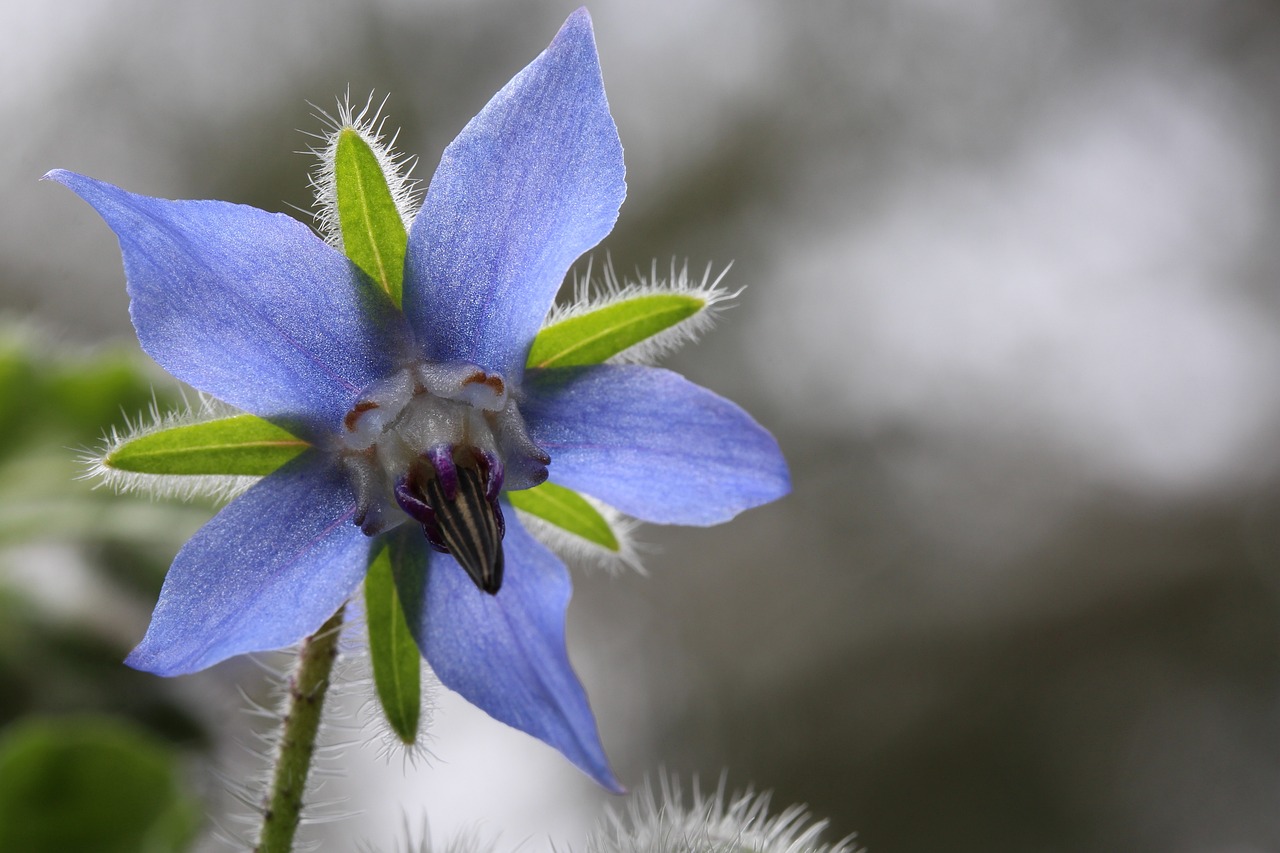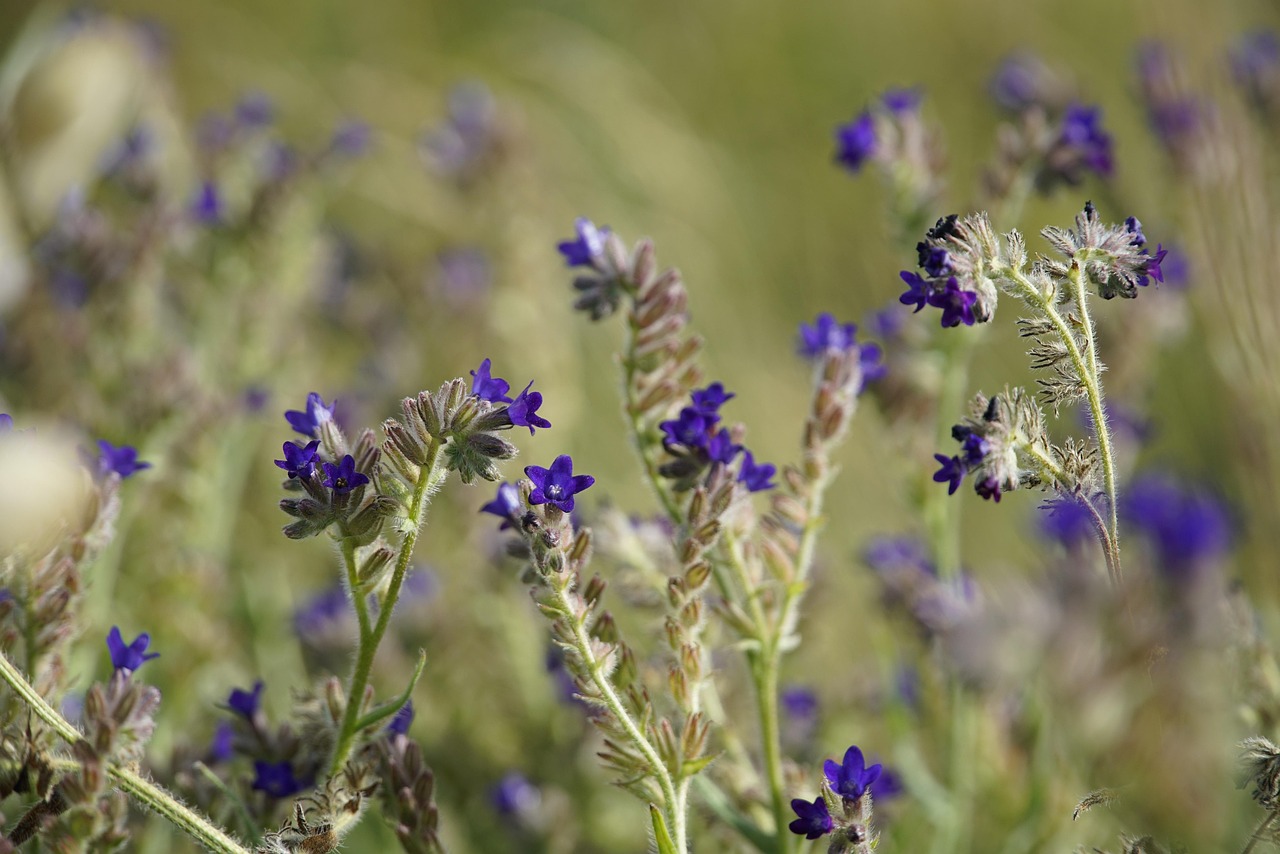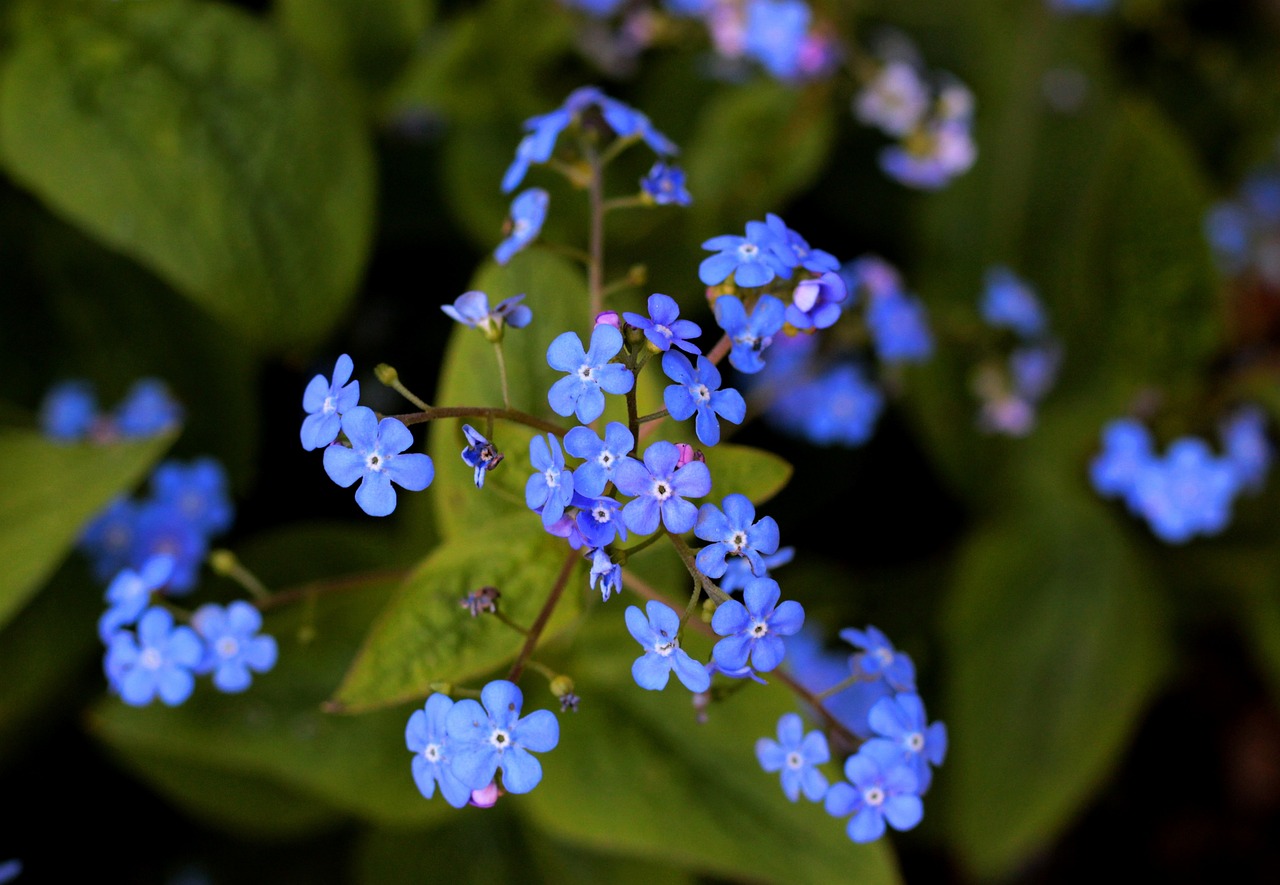Symphytum asperum | A Humble Herb Rooted in Eastern European Villages
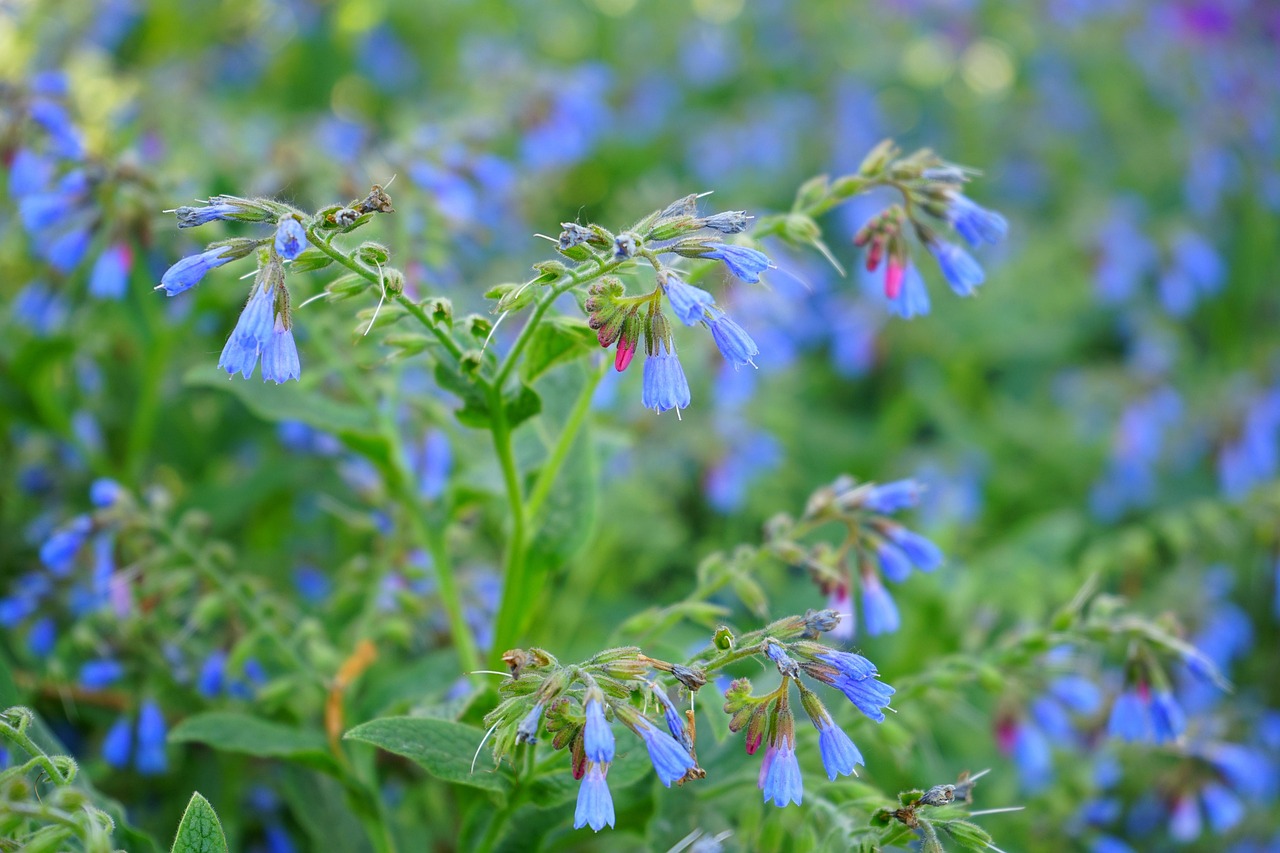
I would like to introduce Symphytum asperum, a perennial herb also known as “Prickly Comfrey.”
This plant is distinguished by its rough leaves and bell-shaped flowers, which bloom from late spring to early summer. The delicate blossoms shift in color from pink to violet-blue as the season progresses.
It is well suited for naturalistic gardens and is cherished in Europe as a staple plant in cottage gardens and ecological landscapes.
In this article, I will present the basic information, cultural background, historical anecdotes, and cultivation tips of Symphytum asperum.
Basic Information
- Scientific name: Symphytum asperum
- Family: Boraginaceae
- Origin: The Caucasus region (Georgia, Azerbaijan, northern Iran, etc.)
- Appearance: The leaves are rough and covered with coarse hairs, spreading along the ground. The bell-shaped flowers begin as reddish pink and gradually turn violet-blue. It is loved as a plant that enhances natural scenery.
- Blooming period: May to June
Cultural Significance Worldwide
Symphytum asperum has long been valued in gardens that emphasize a natural landscape.
In the United Kingdom, it has been a favorite in cottage and natural gardens, softening the overall appearance of the scenery. Its violet-blue flowers, though modest, add depth and a calm atmosphere to the garden.
In its native Caucasus region, it grows wild in the mountains and has long been part of the everyday scenery, deeply rooted in the local way of life. Even today, its wild form can still be found, symbolizing the bond between people and their natural environment.
Historical Background
Symphytum asperum was introduced to Europe in the 19th century, during the golden age of plant collecting.
Its ornamental value, especially its hardiness and resilience, gained attention, and it spread in British and French horticultural circles.
As the naturalistic garden style became popular, the plant’s humble beauty was rediscovered. It was featured in horticultural books and botanical illustrations, becoming a well-established perennial.
Today, it continues to thrive in botanical gardens and private landscapes, maintaining its place as a plant that harmonizes with natural scenery.
Gardening Advice
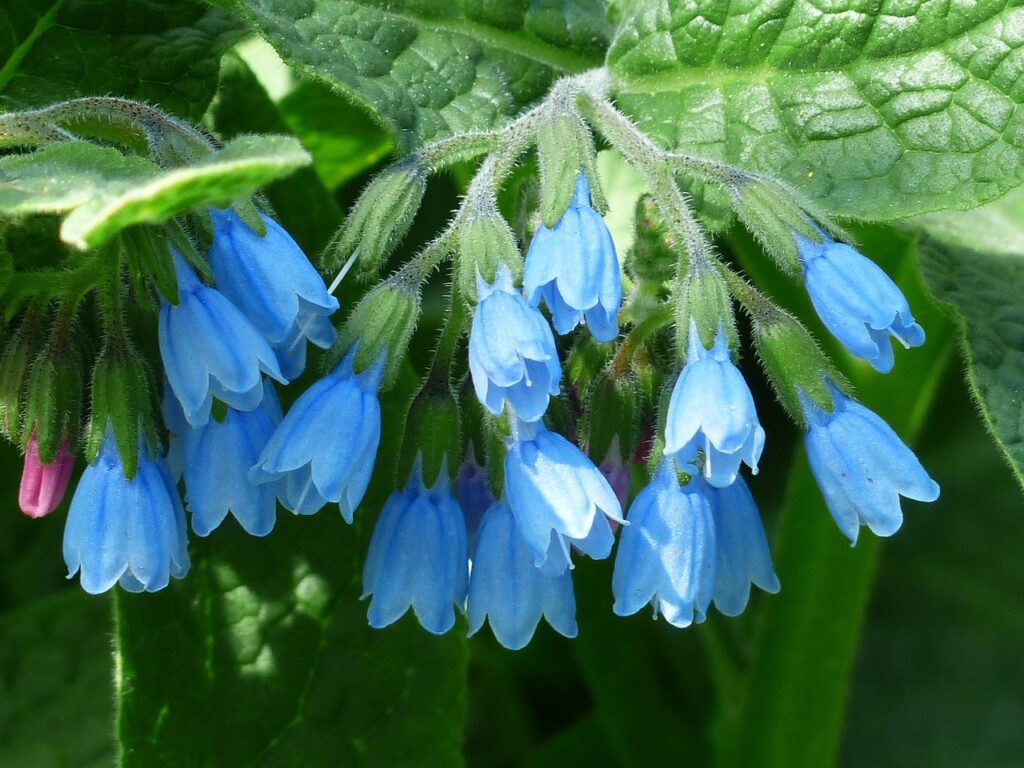
Because Symphytum asperum tends to spread vigorously, it requires careful placement and management. Here are the key cultivation tips:
Sunlight
Thrives in bright partial shade; prefers gentle light over direct sun.
Watering
Rainwater is usually sufficient in the ground. For potted plants, water generously when the soil surface dries.
Soil
Prefers well-drained soil that retains some moisture. Adding leaf mold improves water retention.
Fertilizer
Apply a small amount of slow-release fertilizer in spring. Over-fertilizing may cause excessive leaf growth.
Pruning
Cut back flower stalks after blooming to maintain appearance and encourage new leaves.
Conclusion
Symphytum asperum (Prickly Comfrey) is a perennial distinguished by its rough-textured leaves and color-changing, bell-shaped flowers.
Native to the Caucasus and cultivated in Europe since the 19th century, it has been loved as a plant that blends naturally into gardens.
With its modest charm, it enriches cottage and natural gardens, quietly adding harmony and color to the landscape.

